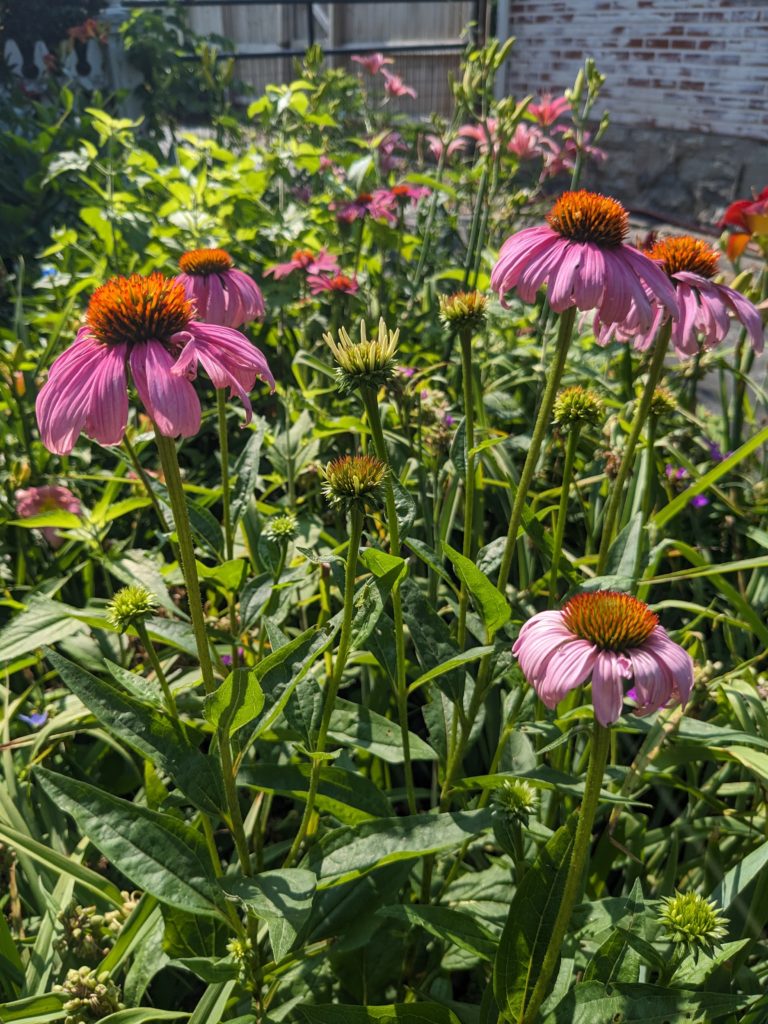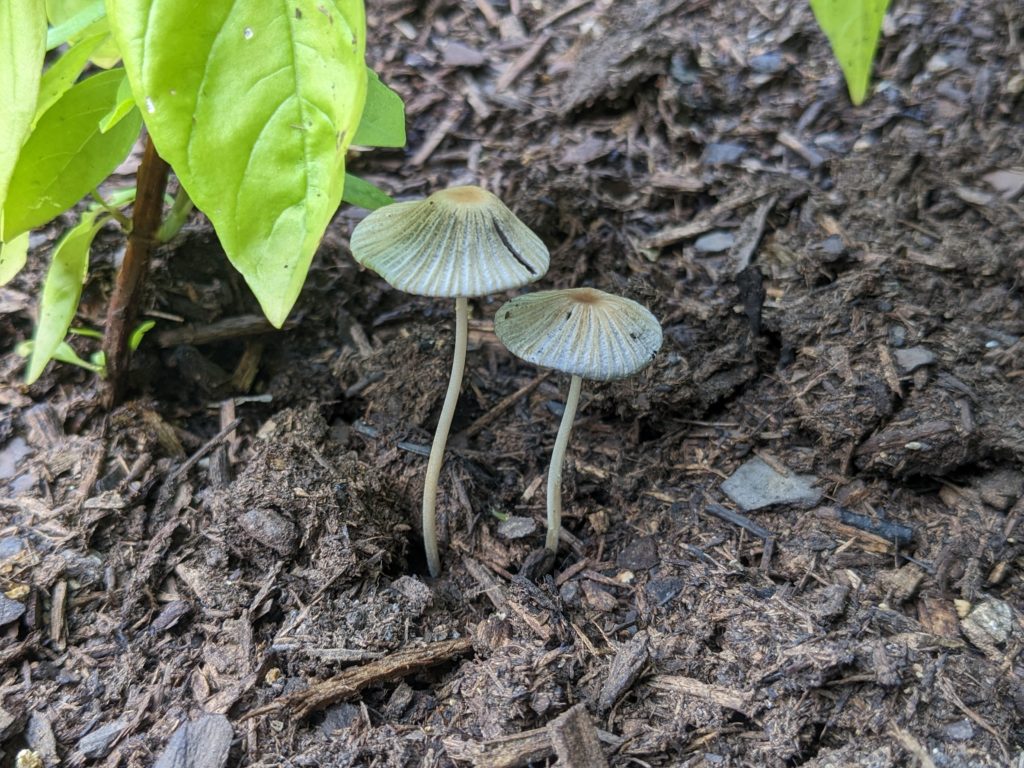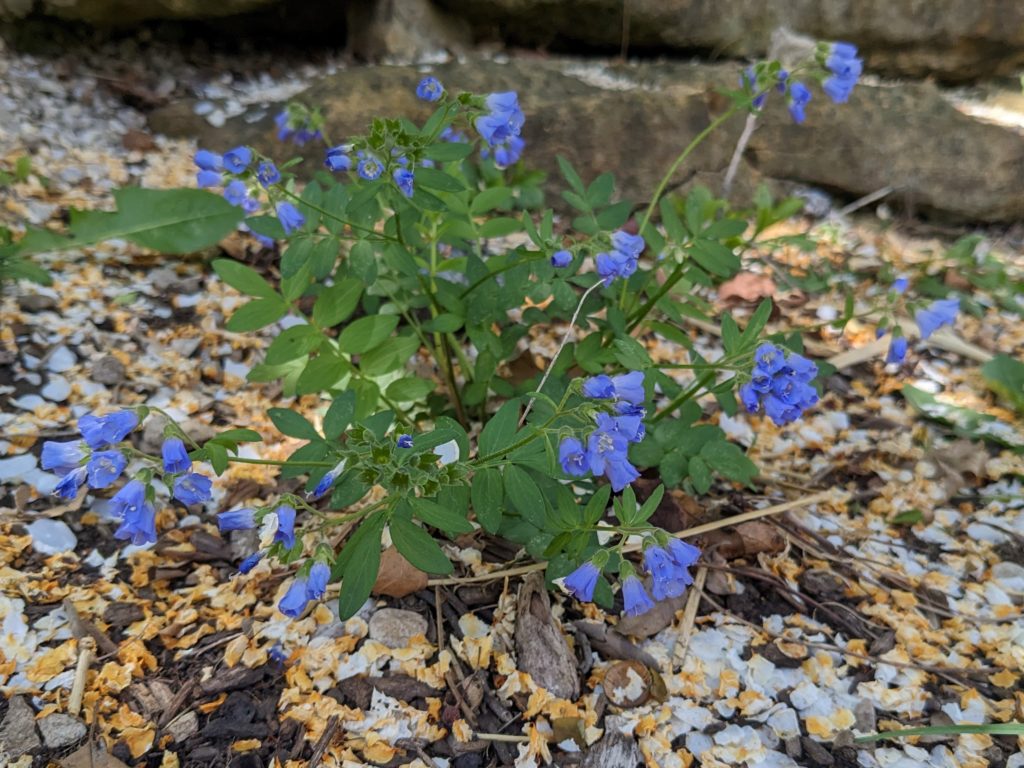Goal
70/30 Natives to non-natives
Obstacles
- May not be feasible in this garden that’s already lovely–I want to preserve the beauty, character and history of this space, and that means appreciating and maintaining the variety of thriving exotic species. Is the space for more plants though? Yes, there is! Can the less desirable species be pushed back and gradually replaced? As I figure out which ones those are, yes!
- How to measure success: are we thinking square footage here or number of species? With everything mixed together, I think we’ll have to settle for an estimate, and that alone will take quite a while. My initial estimate (might be wildly inaccurate) is that we’ve got about 3 exotic non-tree species for every native and at least 100 exotic species.
- Do we count trees? Herbs? Produce? Annuals? I’m going to say all of the above. We could keep a no count list of the weeds we’re actively eradicating. Sounds a little like cheating, but likely justifiable. Finding the article on this, it looks like the study was based on total biomass. So, let’s keep two estimates going: one for trees and one for everything else. Anything where the biomass is negligible, we can ignore. We’ll include the weeds until then; it’ll be good incentive.
Documentation
https://docs.google.com/spreadsheets/d/1GodRdRNs2dALooL7tWyxE7x_r8nXhHumlIUZc5cMub4/
| Estimate Date | Trees | Everything else | Notes |
| June 2023 | By initial counts, we have 9 native tree species and 16 non-native. The largest are the native bald cypress, maple, walnut and catalpa, while the most numerous are native redbuds. My estimate for biomass is 60% native trees, with no changes currently planned. | 43 native; 145 non-native. Biomass estimate: 23% native. Will prioritize invasive species to decrease or remove; begin to identify replacements. | Have only seen a couple seasons and have not been pulling many weeds… estimates will definitely adjust. |



